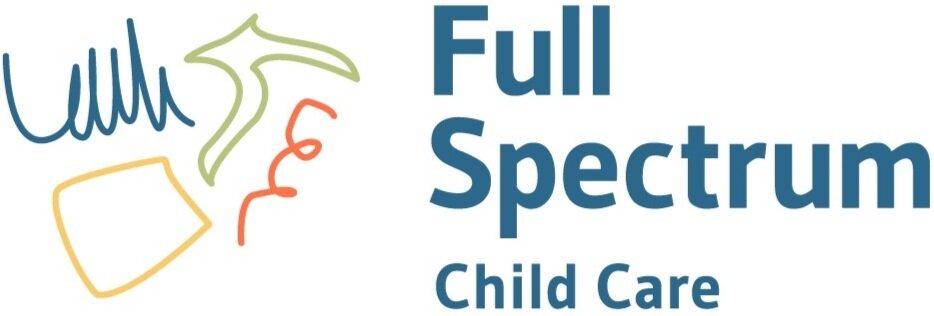In the previous Developmental article, “Disability Justice: How to become an Agent of Change”, I briefly explained the historical context behind the word “crip”, but in this article I aim to dig deeper into the perspectives of those who identify as “radical crips” and what that means for them. The label “radical crip” is ultimately a product of “Crip Theory”. “Crip Theory” is centered on resisting the pressured conformity of heteronormativity and highlights the perspectives and practices of queer disabled individuals. Furthermore, while Critical Disability Theory (CDT) serves as the foundation for analyzing disability as a cultural, historical, relative, social, and political phenomenon, Crip Theory is considered an “interdisciplinary approach” to Critical Disability Theory and is positioned in between CDT and Queer Theory.
In addition to Crip Theory is the Radical Movement, which has arguably become the next frontier of the Disability Movement. The Radical Model of disability refers to disability “not [as] a point of individual or social tragedy but a natural and necessary part of human diversity”. The Radical Model is about fighting for social justice within the disability community, i.e. Disability Justice.
So what is “radical crip”? A radical crip can come in many different forms. For example, in the article “A Queercrip Dress Reform Movement Manifesto” by Sky Cubacub, she describes her experience as a “QueerCrip”. Cubacub states “I use Queer as a politicized umbrella term for LGBTIQQ spectrum folx. Crip – short for cripple- is a politicized umbrella term for people with physical, and/ or mental disabilities/ disorders. This is used in a similar way to the word queer, and they fold into each other nicely, “queering the crip and cripping the queer” as QueerCrip (Sandahl). Much like you can “come out” as queer, you can also “come out” as crip. Even if you have an obvious/visible disability, you may not identify as crip, just like gay or lesbian people may not identify as queer”. In the example of Cubacub, being a radical crip entails identifying as a QueerCrip and reimagining these once derogatory terms as a newfound opportunity to reclaim space in the world. Nevertheless, as Cubacub mentioned, not everyone identifies with the platform and significance of calling oneself a “crip”, but for a lot of radical individuals with disabilities it is not only a state of being, but a right. A right to name oneself for themselves and that is ultimately what makes identifying as a crip so radical- hence a radical crip.
Furthermore, radical crips come in all forms and exhibit various disabilities/ abilities, but most importantly their collective goal is to create spaces for other disabled people, such as themselves, to feel accepted and heard through safe collectives and oftentimes, art forms. Notable groups or organizations of radical crips, established on the premise of Disability Justice and Crip Theory include:
Sins Invalid - Cofounded by Patricia Berne and Leroy Moore in 2006, “Sins Invalid is a disability justice based performance project that incubates and celebrates artists with disabilities, centralizing artists of color and LGBTQ / gender-variant artists as communities who have been historically marginalized. Led by disabled people of color, Sins Invalid’s performance work explores the themes of sexuality, embodiment and the disabled body, developing provocative work where paradigms of “normal” and “sexy” are challenged, offering instead a vision of beauty and sexuality inclusive of all bodies and communities” (Our Mission, Sins Invalid).
Sisters of Frida - An experimental collective in which self-identifying disabled women, girls and gender non-conforming people are empowered, celebrated, informed, connected, valued and at the centre of society through shared experiences, mutual support, and relationships with different networks (About, Sisters of Frida).
Disability Justice Collective (DJC) - “A national collective centering the lives and leadership of disabled people of color, trans, queer, poverty class folks and all brilliance from the margins...to create genuine inclusion, accessibility, respect, and connection” (About/ Additional Information, Disability Justice Collective).
These collectives and organizations, alongside many others, ultimately embody what it means to be a radical crip. Created by radical crips for radical crips, Sins Invalid, Sisters of Frida, and Disability Justice Collective are three platforms in which the fight against barriers of systematic oppression and discrimination continues. Their platforms seek to create a space for themselves since yet has been done within our society. Taking initiative to have their voices be heard and desires be met, radical crips around the world who are performers, artists, activists, and organizers gather together to highlight the experiences of those in the disability community that are often overlooked, overshadowed, and overdue for justice.
